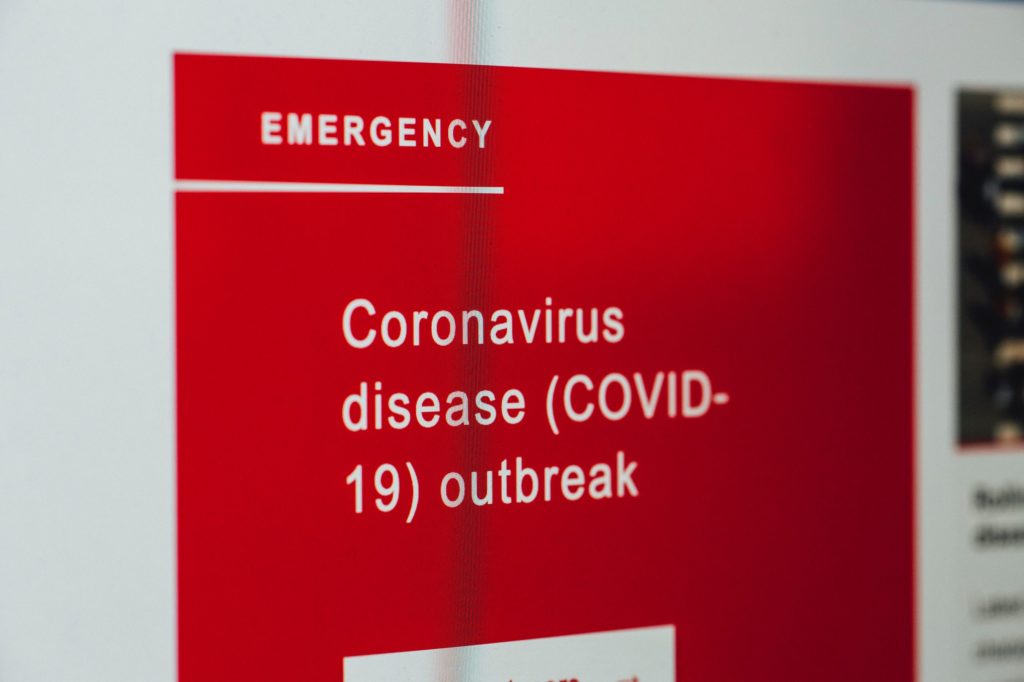As restrictions are slowly being lifted around the country, individuals are returning to hospitals, clinics and doctor’s offices for their routine or non-emergency medical appointments and procedures. While re-entering these environments is often necessary, it’s important to be as savvy, safe and resourceful as possible.
Hospitals and medical offices have gone to great lengths to ensure a safe experience for patients and staff. Here are just a few of the new protocols they have implemented:
- Waiting areas are enlarged to allow for social distancing
- Fewer patients are allowed to enter the office at one time
- Traffic patterns have been established for entering and exiting
- Patients with COVID-19 symptoms are separated from others
- All patients are screened appropriately and provided with masks
- Hand washing and sanitizing stations are prevalent
- Exam rooms and common areas are disinfected after each use
It might feel scary to re-enter this setting, but there are things you can do to minimize your exposure to COVID-19 while receiving your necessary healthcare. Standard safety practices still apply in today’s COVID pandemic environment, with a few added precautions. Guided Patient Services recommends taking the following steps to staying safe in these unchartered waters:
Step #1: Be organized
Just as you would prepare for a presentation, sales call or board meeting, you should prepare for a hospitalization or appointment by getting organized.
This means assembling all of the information you may need to access in one place, such as a folder, notebook, or on a device. The information may include:
- your medical records
- any advanced directives
- medications and allergy information
- current providers and their contact information
- recent labs or diagnostic tests
- the conditions you are being treated for
- your designated medical power of attorney
It’s crucial this information is as up to date and accessible as possible. Guided Patient Services highly recommends you prepare a “grab and go” sheet that lists all of the information above and any particular wishes for care you have during this pandemic. Including a short paragraph summarizing your current health issues and management is helpful, too. This grab and go sheet information can be saved in the health app platform available on most smart phones, or as a file on your phone.
Step #2: Establish communication protocols
Designate a family member or friend to be your point of contact for all healthcare communications. Due to COVID precautions, family members won’t be able to accompany you to the hospital or your appointments, so you should ask how they can gain access to your patient information and updates, and how communication will be handled (Facetime, Zoom, conference call, etc.). Your designated point of contact should have access to your grab and go sheet also.
Before your appointment, write down any questions you may have so you won’t forget what you want to ask if the conversation gets sidetracked, the appointment is rushed or technology challenges arise.
Step #3: Use patient portals
We recommend you create an account with your healthcare provider’s portals and make sure all available information is reviewed, accurate and current. If you find any inaccuracies, request they be corrected as soon as possible. This may be the first and only resource used by healthcare providers when care is needed, especially during a crisis. Also, designate someone you trust to access your portals in lieu of or in addition to you.
Step #4: Revisit end of life wishes
Advanced directives were mentioned in step 1, but they are worthy of their own category. You may have different end of life wishes during a pandemic than during other times. If your wishes differ from the current designation of code status, be sure to update your legal documents with additional witness signatures, or get an attorney involved if necessary.
Step #5: Document healthcare
It will be helpful to keep a written account of appointments, procedures, providers, and reasons for your healthcare visits. This will help you remember post visit instructions. It can also be referenced for insurance companies or billing departments to ensure coverage for covered telehealth appointments and other designated COVID-19 expenses.
Step #6: Be empowered
Don’t let fear prevent you from understanding your options. It’s your right to be informed, ask questions, and get second opinions, if indicated. If you don’t feel comfortable doing this yourself, your point of contact can step in remotely. If that’s not possible, Guided Patient Services was established for this exact situation — to help you understand, get clarification and choose your best treatment option.
My podcast interview on, Highway to Heart, Humor and Honesty in Healthcare is an excellent resource for staying safe in a healthcare setting. If you are feeling nervous or uncertain about an upcoming appointment, I highly recommend you listen to the podcast.
If you would like more information about these precautions or wish to create a grab and go sheet, please contact us. We welcome the opportunity to make sure your information is complete and accurate, and help you stay safe in any healthcare setting.

